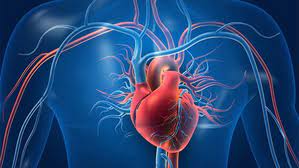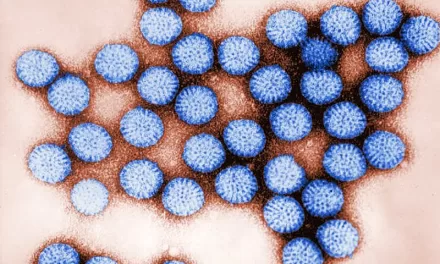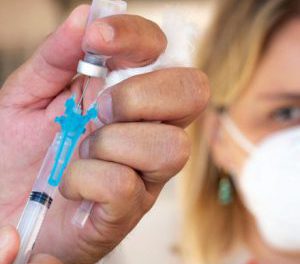In a groundbreaking study, researchers from the University of Arizona College of Medicine – Phoenix and the University of California Davis Health have uncovered a new potential therapeutic target for atrial fibrillation (AFib), the most common form of abnormal heart rhythm. This development offers hope for millions affected by AFib, a condition linked to strokes, heart failure, and a significant increase in morbidity and mortality.
Atrial fibrillation is a major public health concern, affecting millions worldwide. The U.S. Centers for Disease Control and Prevention estimates that AFib is responsible for about 1 in 7 strokes, and the American Heart Association predicts that more than 12 million Americans will be affected by the condition by 2030. Despite these concerning figures, current treatment strategies are still insufficient, leaving many at heightened risk for severe health complications.
The new study, published in the prestigious Proceedings of the National Academy of Sciences, delves into the regulation of small-conductance calcium-activated potassium channels, known as SK channels, which have long been studied in the context of AFib. Until now, therapies targeting these channels have yielded mixed results, with SK channel inhibition either mitigating or exacerbating arrhythmias under different conditions.
“Our study employed pioneering experimental and computational techniques to unravel the dynamic regulation of the SK2 channel,” said Dr. Nipavan Chiamvimonvat, chair of the Department of Basic Medical Sciences at the University of Arizona College of Medicine – Phoenix and a senior author of the paper. She noted the timeliness of the research, as SK channel inhibitors are already undergoing clinical trials for AFib treatment.
A key finding from the study centers on the role of a lipid called phosphatidylinositol 4,5-bisphosphate, or PIP2, in modulating SK2 channels. PIP2, a critical component of cell membranes, regulates numerous signaling pathways in both plant and animal cells. This lipid’s impact on ion channels, including those in the heart, has significant implications for cardiac health and the prevention of arrhythmias.
“Since PIP2 plays a crucial role in regulating various ion channels, its ability to modulate cardiac ion channels presents a novel mechanism for controlling heart excitability and rhythm,” explained Ryan Woltz, PhD, a computational biologist and co-first author of the study. “This mechanism could open new doors in developing therapies for cardiac conditions.”
The study also highlights the importance of SK channels in heart failure, as they are the only potassium channels known to be upregulated during this condition. Dr. Yang Zheng, PhD, a postdoctoral fellow and co-first author, emphasized that “dysregulation of PIP2 in heart failure suggests new insights into the mechanisms behind cardiac arrhythmias in such patients.”
Using advanced molecular modeling, the research team constructed models of the SK2 channel in its closed, intermediate, and open states. They then employed molecular dynamics simulations to uncover the molecular mechanisms of SK2 channel regulation by PIP2. These insights pave the way for the development of novel SK2 channel inhibitors that may serve as therapeutic agents in treating cardiac arrhythmias.
Dr. Vladimir Yarov-Yarovoy, a professor at UC Davis Health, remarked, “The structural insights from our research will be instrumental in designing new SK2 channel inhibitors, potentially transforming the way we treat AFib and other related conditions.”
The team’s innovative approach is already being extended to study other SK channel subtypes, with promising prospects for drug discovery. “We are excited to continue this collaborative effort,” said Dr. Igor Vorobyov, PhD, a co-senior author and associate professor at UC Davis Health. “Our ongoing research into SK channel modulation by drug molecules could lead to the development of therapies that either enhance or inhibit channel function, offering new treatments for AFib and other cardiovascular diseases.”
As this collaborative research progresses, it offers fresh hope for better, more effective treatments for the millions of people living with AFib, potentially improving outcomes and quality of life.












